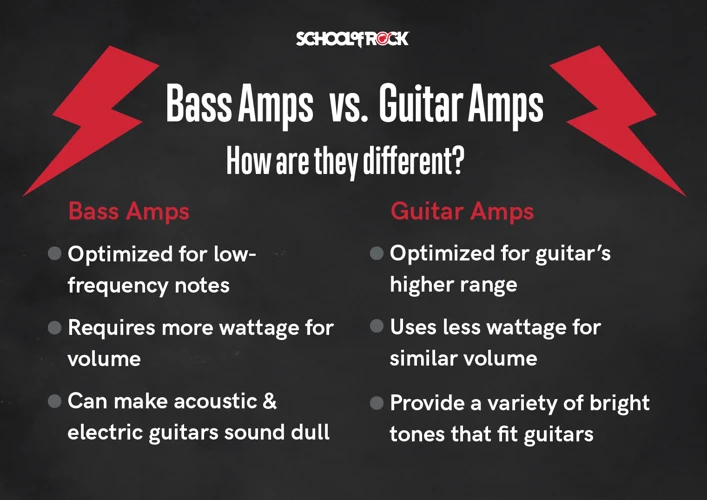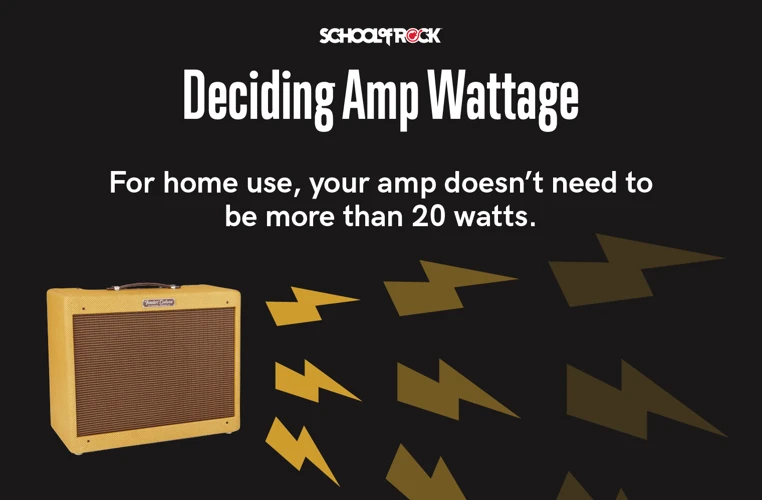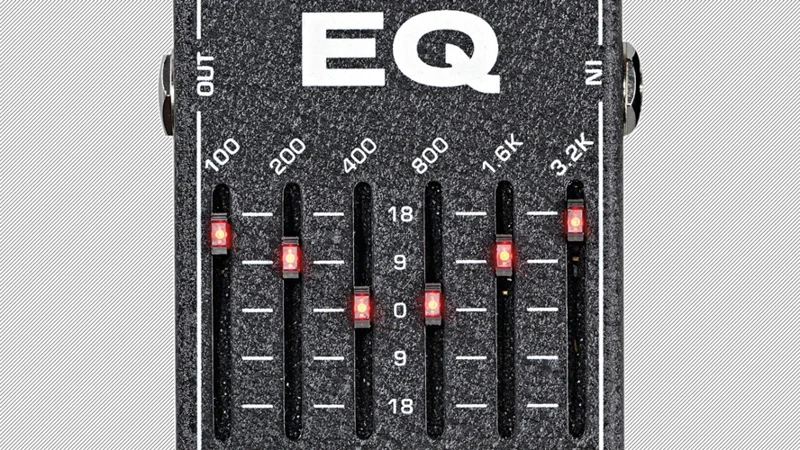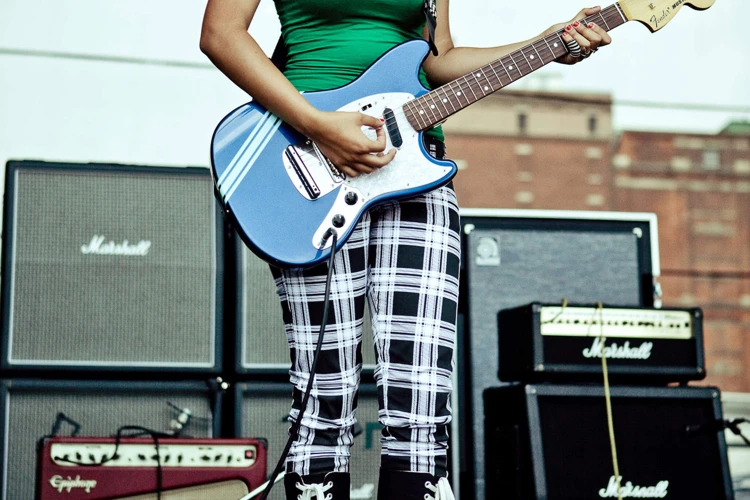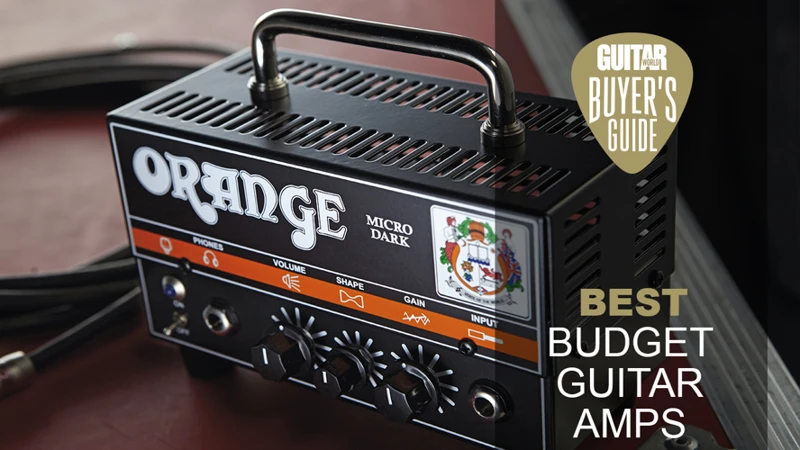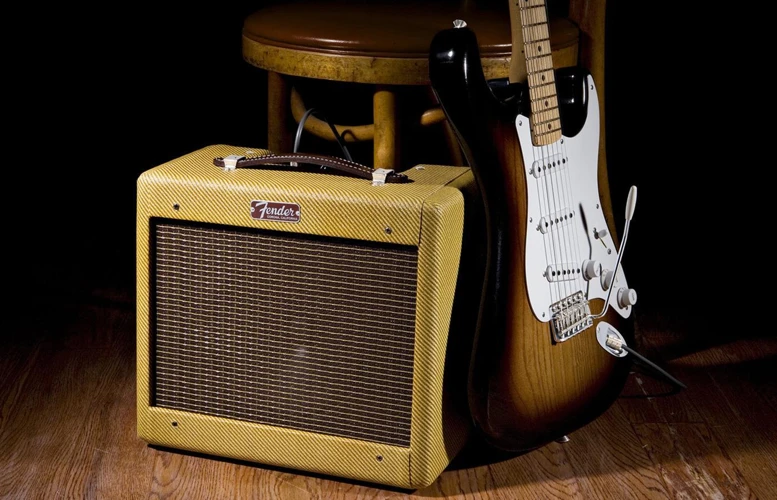When it comes to country music, the right guitar amplifier can make all the difference. A good country guitar amp will have a clean, bright tone that can cut through a mix and provide a solid foundation for your playing. In this guide, we’ll take a look at some of the best country guitar amplifiers on the market, broken down by price range and feature set.
Budget Country Guitar Amplifiers (Under $500)
If you’re just starting out or looking for a budget-friendly option, there are still some great country guitar amplifiers available. Here are a few of our top picks:
Fender Champion 40 – $299
The Fender Champion 40 is a versatile and affordable option for country guitarists. It has a wide range of built-in effects, including reverb, delay, and chorus, and it’s easy to dial in a clean, bright tone. The 40-watt power output is also plenty for small to medium-sized gigs.
Orange Crush 20RT – $199
The Orange Crush 20RT is a compact and affordable option that still delivers great tone. It has a 20-watt solid-state power amplifier and a 8″ speaker, which is perfect for practicing and small gigs. The built-in reverb and chromatic tuner are also convenient features.
Mid-Range Country Guitar Amplifiers ($500-$1000)
Stepping up in price, you’ll find a number of great mid-range country guitar amplifiers. These amps offer more power, better tone, and additional features compared to budget options.
Fender Blues Deluxe Reissue – $799
The Fender Blues Deluxe Reissue is a classic choice for country guitarists. It has a 40-watt all-tube power amplifier and a 12″ speaker, which provides a warm, full-bodied tone. The reverb and tremolo effects are also top-notch.
Vox AC15C1 – $899
The Vox AC15C1 is another great mid-range option for country guitarists. It has a 15-watt all-tube power amplifier and a 12″ speaker, which delivers a bright and punchy tone. The built-in reverb and tremolo effects are also very good.
High-End Country Guitar Amplifiers ($1000+)
If you’re looking for the best of the best, high-end country guitar amplifiers are the way to go. These amps offer the highest quality tone, the most power, and the most features.
Fender Twin Reverb – $1499
The Fender Twin Reverb is a legendary amp that has been used by countless country guitarists. It has a 85-watt all-tube power amplifier and two 12″ speakers, which provides a clean and sparkling tone. The built-in reverb and tremolo effects are also some of the best in the business.
Dr. Z Maz 38 Jr. – $2399
The Dr. Z Maz 38 Jr. is a boutique amp that offers a unique and sought-after tone. It has a 38-watt all-tube power amplifier and a 12″ speaker, which delivers a warm and bluesy tone. The amp also has a variety of tone-shaping options, including a presence control and a cut control.
Solid-State vs. Tube Amplifiers
When it comes to country guitar amplifiers, there are two main types: solid-state and tube. Solid-state amps use transistors to amplify the signal, while tube amps use vacuum tubes.
Tube amps are generally considered to have a warmer, more natural tone, and they are often preferred by country guitarists. However, they are also more expensive to purchase and maintain, and they can be less reliable than solid-state amps.
Solid-state amps, on the other hand, are more affordable and reliable, and they are also easier to maintain. They can also be lighter and more portable than tube amps. However, some guitarists find that solid-state amps don’t have the same warm, natural tone as tube amps.
Combo Amplifiers vs. Stack Amplifiers
Another decision that country guitarists have to make is whether to go with a combo amplifier or a stack amplifier. A combo amplifier has the power amplifier and the speaker built into the same cabinet, while a stack amplifier has the power amplifier and the speaker in separate cabinets.
Combo amplifiers are generally more portable and easier to set up, and they are also less expensive. However, stack amplifiers can provide more power and a bigger, fuller sound.
Looking to enhance your country guitar setup? Check out our articles on country guitar guides, country pedalboard setups, country music acoustic guitar picks, acoustic guitar capos, and tips for achieving the perfect country guitar tone with amplifiers for expert advice and recommendations!
Conclusion
When it comes to country guitar amplifiers, there are many options to choose from. The most important thing is to find an amp that fits your budget, your needs, and your sound. By considering the factors we’ve discussed in this guide, you can find the perfect amp for your country guitar playing.
In summary,
* Budget country guitar amplifiers under $500 include the Fender Champion 40 and Orange Crush 20RT
* Mid-range country guitar amplifiers ($500-$1000) include the Fender Blues Deluxe Reissue and Vox AC15C1
* High-end country guitar amplifiers ($1000+) include the Fender Twin Reverb and Dr. Z Maz 38 Jr.
* Solid-state amps are more affordable and reliable, while tube amps have a warmer, more natural tone
* Combo amplifiers are more portable and easier to set up, while stack amplifiers can provide more power and a bigger, fuller sound.

